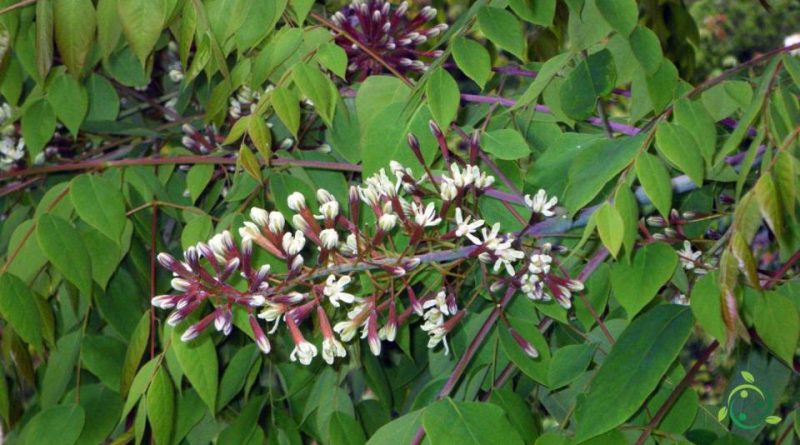Reproduction of the Kentucky Coffee Tree
Reproduction of the Kentucky Coffee Tree
The Kentucky Coffee Tree (Gymnocladus dioicus (L.) K. Koch) is a plant of the Fabaceae, native to the mid-western United States of America, the Upper South, the Appalachians and small pockets of the State of New York in the United States and Ontario in Canada.
It was introduced in Europe in the nineteenth century and is present in parks and botanical gardens.
Suitable breeding habitat –
The Kentucky Coffee Tree is considered a rare tree species even if distributed over a relatively large area.
It is a tree native to southern Ontario, Canada and the United States from Kentucky (where it was first encountered by Europeans) and Connecticut in the east, Kansas, eastern Nebraska and southeastern South Dakota in the west, up to in southern Wisconsin and Michigan in the north and northern Louisiana in the south.
It is used as an urban shade tree in the United States and eastern Canada, including California, while a disjointed population in central New York State is found in its natural state.
In nature it occurs as widely dispersed individuals or small colonial groups with interconnected root systems. This tree is found in floodplains and river valleys, but is also sometimes seen on rocky slopes and limestone woodlands. In the northeastern part of its range, the seemingly natural groves of this tree are actually associated with known prehistoric village sites. In some parts of its range, this tree can be used as an indicator of the presence of limestone or calcareous soils.
Propagation –
Gymnocladus dioicus is a very cold-resistant plant, which tolerates temperatures down to about -30 ° C when in a state of dormancy.
It requires a climate with a hot summer, however, also because it hardly does so in less hot environments to flower and bear fruit.
It requires a sunny location and grows best in rich, deep soil, preferably clayey.
Tolerates air pollution, saline soils and calcareous soils.
It is also a very slow growing plant in cultivation while in nature it is a bit faster and can reach a height of 3.5 – 4 meters in 10 years, starting from seed.
It is a dioecious species, so if fruits and seeds are needed, both male and female forms must be cultivated.
Furthermore, unlike most legumes, it does not form nodules of nitrogen-producing bacteria on the roots.
Propagation occurs by seed; this should preferably be sown in a greenhouse seedbed as soon as it is ripe. The seed can also be sown in early spring in a protected environment.
Scarification and pre-soaking of the seed for 24 hours in lukewarm water, especially if stored, will improve germination. In this sense, it is necessary to make sure that the seed is swollen after soaking; otherwise it must be scarified, taking care not to damage the embryo.
As soon as the seedlings are manageable they should be placed in individual pots to grow them in the greenhouse at least for their first winter.
The transplant in the open field should be carried out in late spring or early summer, after the last foreseen frosts. It is advisable to protect young seedlings from the cold for the first two winters.
The propagation can also be of the agamic type through 4 cm long and 1 cm thick root cuttings to be rooted in a greenhouse in December.
Ecology –
The Kentucky Coffee Tree, due to its physiological and biological characteristics, is considered an example of evolutionary anachronism. The pods, with hard, leathery seeds are too difficult for many animals to chew (as well as being poisonous) and are too heavy for wind or water dispersal. It is therefore believed that the tree was used by large mammals now extinct, which fed on the pods and which dented the seeds with their large teeth, helping germination. This behavior is still observed among African elephants that eat the relatives of the Fabaceae in Africa. For this reason its prehistoric range may have been much wider than it is today.
At present it grows well only in humid areas and it is thought that only in such humid conditions the seed pods can rot to allow germination in the absence of large herbivores.
The seed can be roasted and used as a substitute for coffee beans; however, unroasted pods and seeds are toxic. The wood of the tree is used by cabinetmakers and carpenters. It is planted like a road tree.

